The Señor de los Milagros (Lord of Miracles) is a religious procession in downtown Lima and one of the largest Catholic gatherings in the world.
One of South America’s largest Catholic processions takes place in Lima on October 18, 19 and 28, in addition to another day or two depending on the year. But there is always a procession on those three dates.
History
According to the Lima archdiocese, in 1651 an Angolan slave painted the image of Christ on the adobe building in what was then known as the Pachacamilla neighborhood, on the site of what is now La Iglesia de las Nararenas (Church of the Nazarenes) on Avenida Tacna in downtown Lima. The image guided over the group of slaves who held meetings in what they called the Hermandad del Señor de los Milagros (Lord of Miracles Brotherhood).
In 1655 a strong earthquake damaged much of the city but left the image intact. The image’s survival of its first earthquake turned it into a shrine visited by the African slaves of the area.
In 1687 the image survived another earthquake. The second miracle prompted a prominent local Spaniard to hold the first Señor de los Milagros procession, parading with a replica of the original image through the streets of Lima to the Plaza Mayor.
What began as an Afro-Peruvian tradition was increasingly adopted by the Creole middle classes in the 18th century. On October 28, 1746 an 8.6-magnitude earthquake which lasted four minutes destroyed the city of Lima and much of the coast in what is now the Lima department, from Chancay to Cañete.
At least 1,100 people were killed, with some estimates as high as 11,000 in a city of just 60,000 at the time. The date of the 1746 earthquake marks one of the annual processions in Lima.
Today the Señor de los Milagros festivals are some of the largest Catholic celebrations in the world, and the original painted image has been restored three times.
According to the Lima archdiocese, the color purple began as a Señor de los Milagros tradition as a symbol of penitence among a group of pious women who cared for the church.
Celebration
The entire month of October is known as “Mes Morado” (Purple Month) in honor of the Señor de los Milagros processions in what may be the most Catholic city in the Americas. The Señor de los Milagros Brotherhood which carries the one-ton effigy is one of the most esteemed orders in the Lima archdiocese.
The replica image is paraded on different routes during in processions held on at least four different days, three of which will always include October 18, 19 and 28. The processions lead the image to various churches near downtown Lima with routes covering the historic city center, Barrios Altos, Breña and La Victoria.
Hundreds of thousands of the faithful flock to downtown Lima to attend Mass, glimpse the procession, light a candle at the painted image. It is also custom to wear purple and eat the event’s signature snack, the Turron de Doña Pepa.
The Señor de los Milagros festivities are a family-friendly way to spend the day downtown.
The procession begins with an early-morning outdoor Mass held outside the Iglesia de las Nazarenas at the corner of Tacna and Huancavelica. Then the brotherhood begins its snail-pace progress along its route of the day.
The effigy moves so slow that there is no rush to see it. The seven blocks between the Iglesia de las Nazarenas and the Plaza Mayor take well over four hours to cover, and the entire route to its destination and back to its home lasts well into nightfall.
While it is not possible to easily approach the image, there are enough people coming and going at any given time that staying with the crowd and patiently advancing forward as others leave will allow you to get pretty close.
Last year the archdiocese published a Señor de los Milagros app that allows users to track the image in real time.
If you plan to attend Mass, I recommend arriving at least 30 minutes before it starts if you want to be close. My wife and I attended the 6:30 a.m. mass held by Lima Archbishop Juan Luis Cipriani on October 18, and you can see from the pictures that we were about a block away. People arrived in such numbers after that point that I’d estimate you lose another 10 feet for every minute late you arrive.
While downtown Lima is obviously crowded during Señor de los Milagros, it is not difficult to move on the surrounding blocks away from the procession.
Avenida Tacna (pictured above) clears out once the procession is gone, and there are plenty of vendors of religious art and knickknacks.
That’s what we came home with. However the turron was intact before the picture. The glass-framed images was only 12 soles ($4).
And I wore this lapel pin while my wife wore a purple rosary (not pictured).
Turron de Doña Pepa
The Peruvian-style Turron de Doña Pepa is a cake sweetened with orange-flavored molasses and topped with candied pellets. In my humble opinion, the turron is a textbook example of uninspiring Peruvian desserts. It is heavy on breading, short on sweetness. But it’s a tradition to eat turrones at Señor de los Milagros.
San Jose is one of the iconic brands.
There are also street vendors selling everything from relleno (also known as morcilla, blood sausage or black pudding), tamales, lechon sandwiches, anticuchos and more turrones.
Barrios Altos
Barrios Altos is the neighborhood immediately east of the historic city center, on the other side of Abancay avenue. It is a little dangerous, but I thought it would be a little cleaned up for the Señor de los Milagros.
However we followed the route several hours before the procession was due to arrive, and so I found groups of men drinking in the street around 10 a.m. One man offered me drugs.
We had no problems, but be conscious of your surroundings if going ahead of a procession in Barrios Altos or La Victoria.
Pictures and Video
Below is a short video of singing during Mass. As you can see, it was the largest Mass I have ever attended, or ever will.
See more videos from the same Mass, same vantage point:
- Lima Archbishop Juan Luis Cipriani on abortion, gay marriage
- Homily
- Peru’s national anthem
- Procession begins
For high-res slideshow viewing of the pictures below, see the Señor de los Milagros album on the Lima City of Kings Facebook page. Above the pics is a Dengue Dengue Dengue video, in which the music may not capture the vibe but the images do.
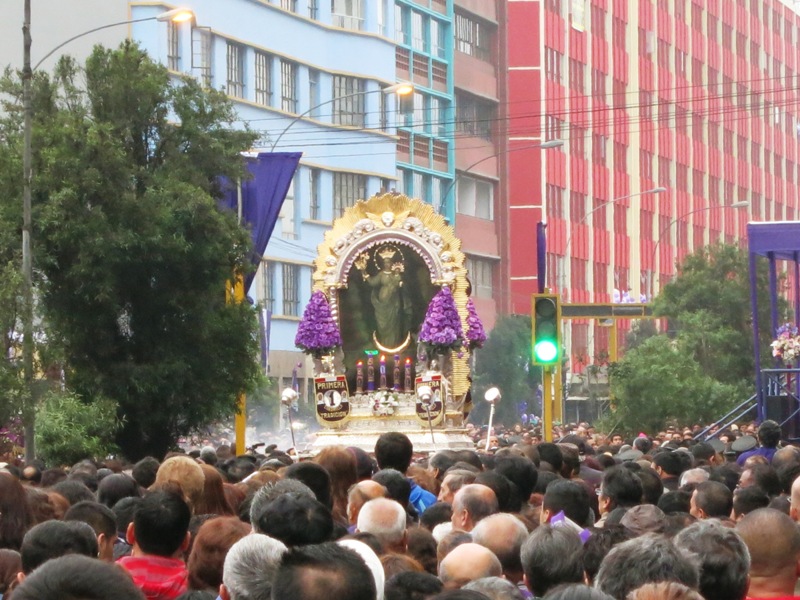


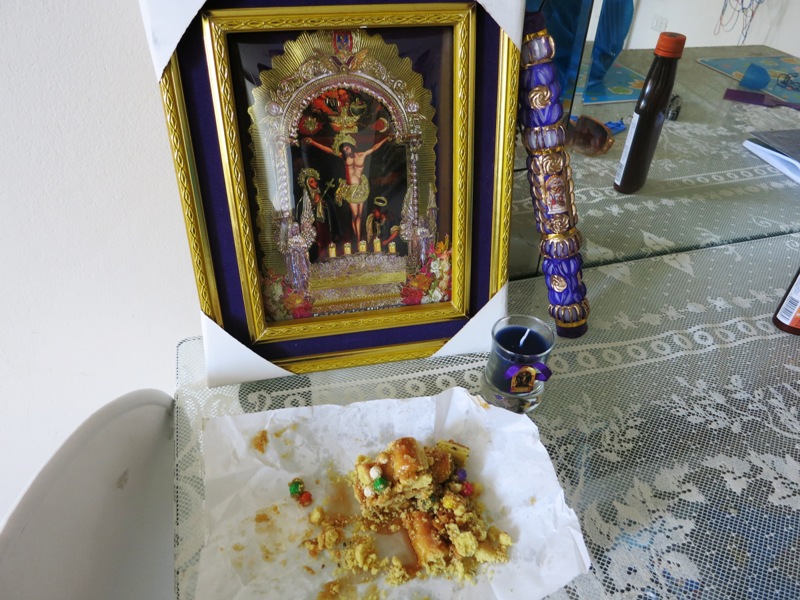
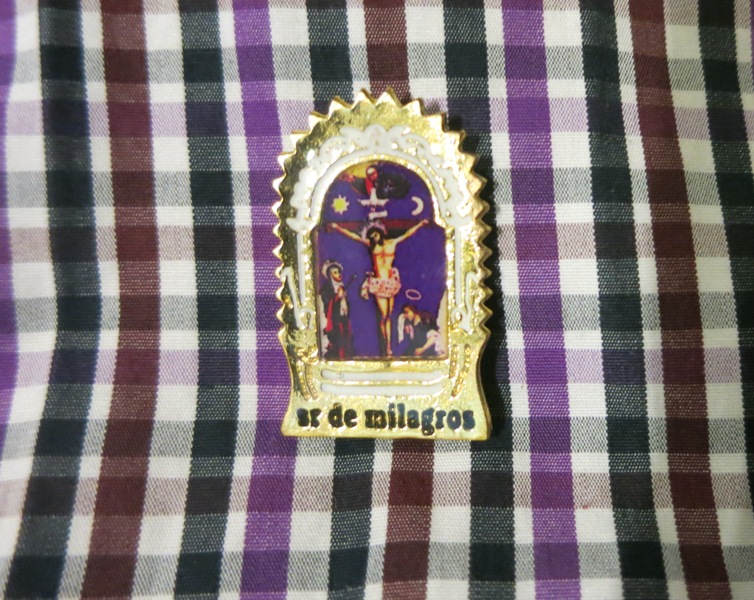
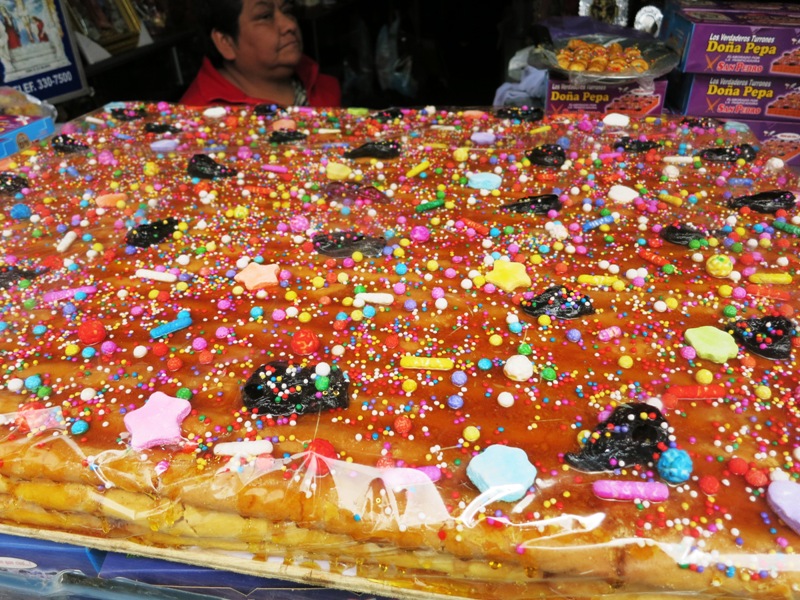
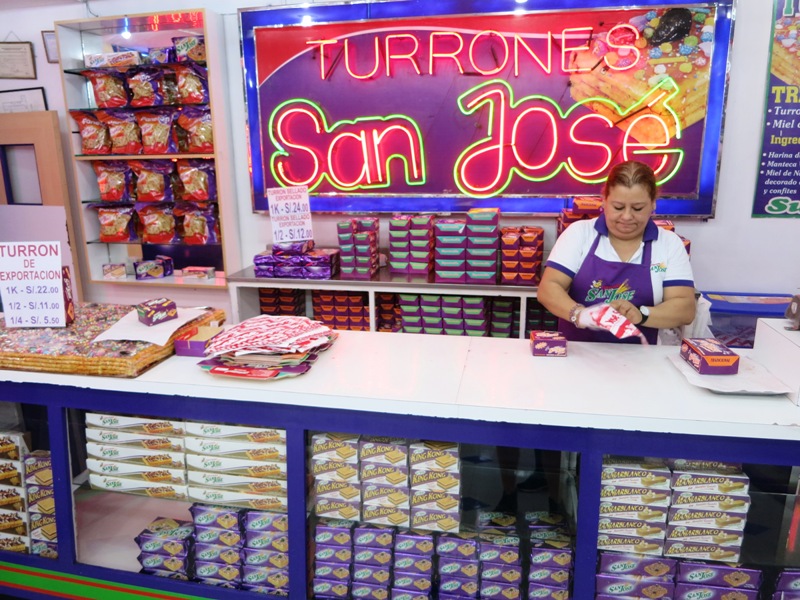
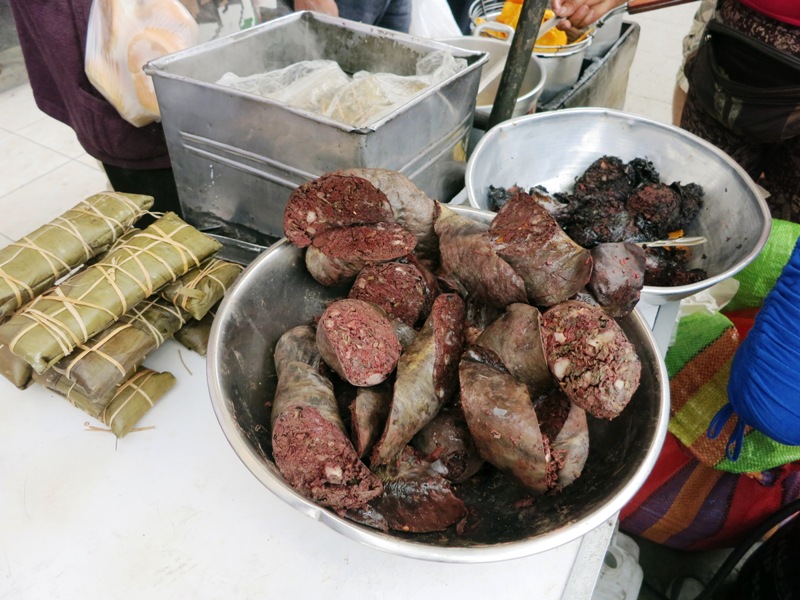

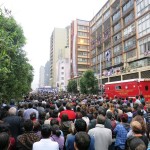
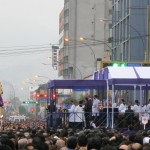
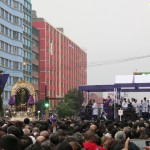
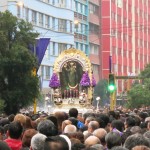

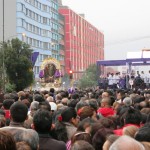
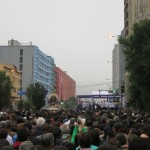
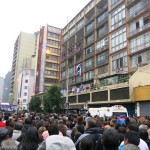
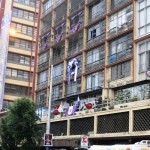
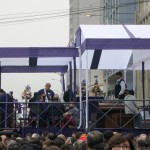
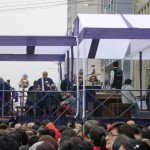
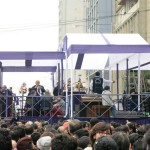
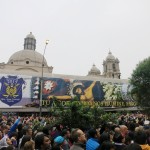
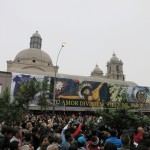
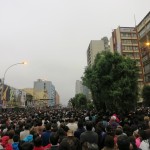

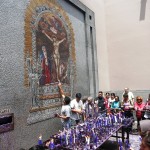
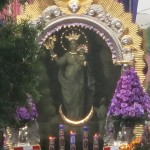
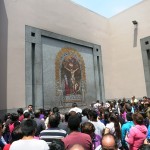
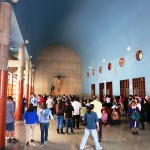
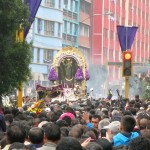

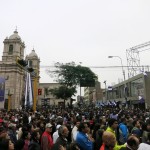
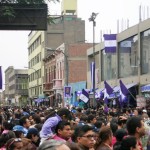
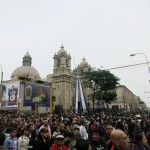
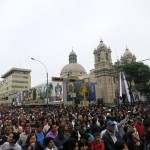
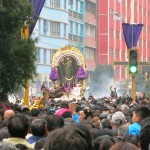

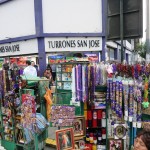
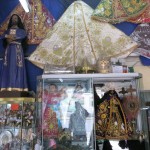
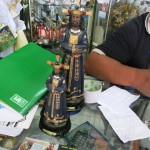

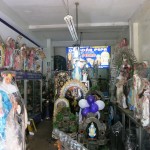
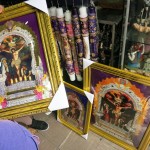
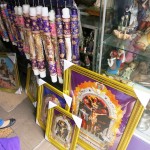
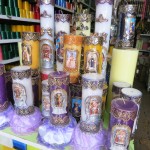
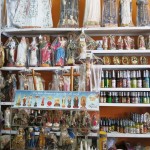
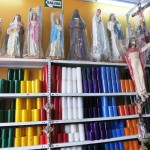

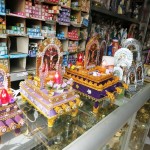

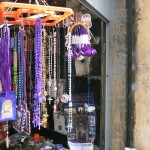


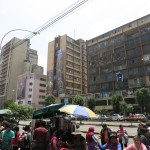
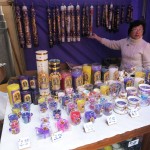
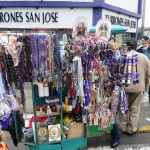
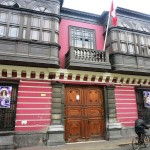
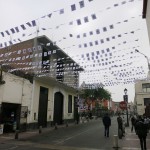
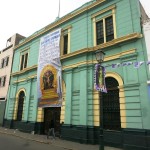
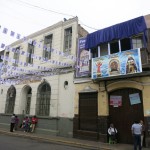
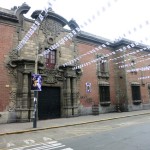
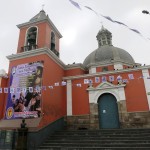
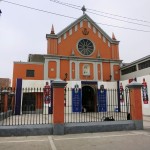

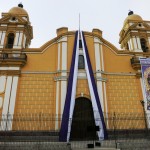

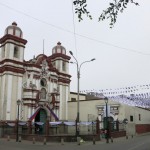
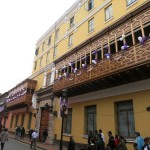
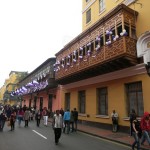
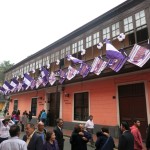
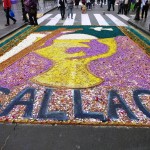
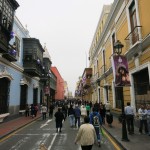
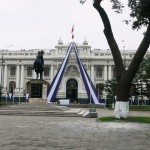
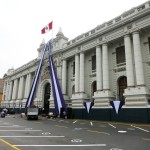
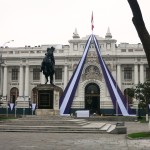
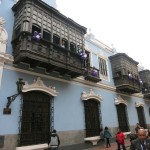
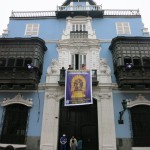

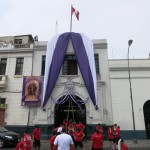
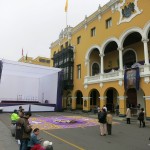
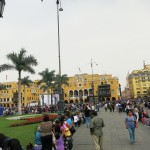
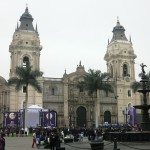

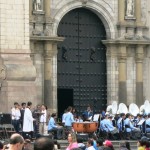
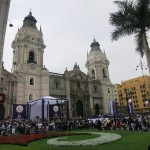
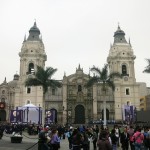
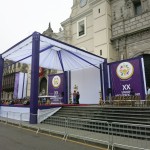
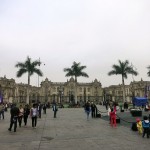
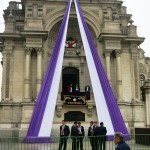
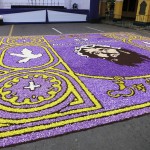
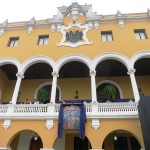
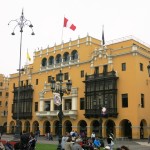
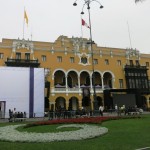


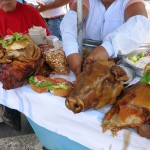
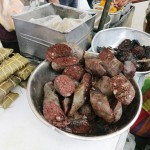
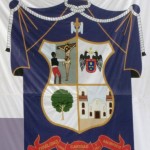
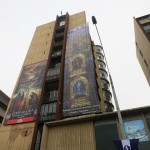
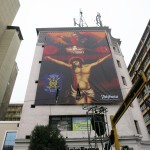
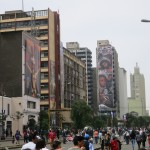

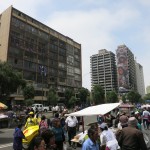

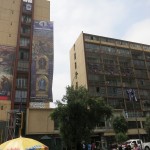
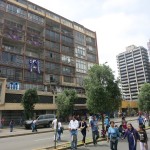
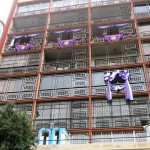
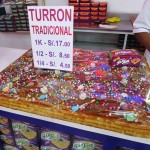
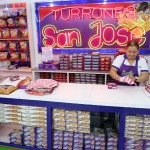
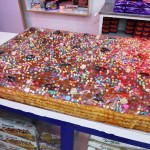
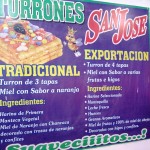
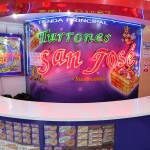
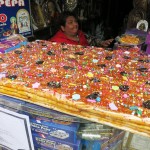
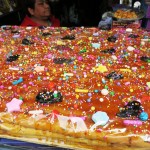
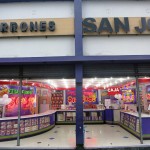
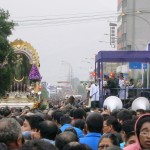
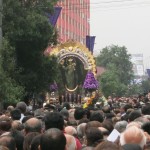

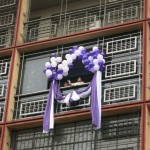
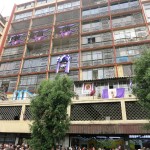
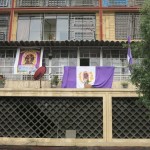
2 comments